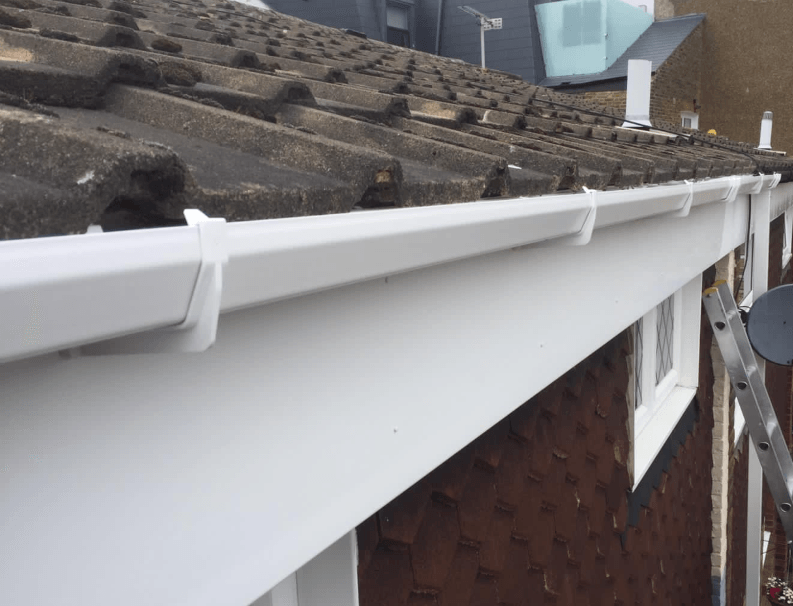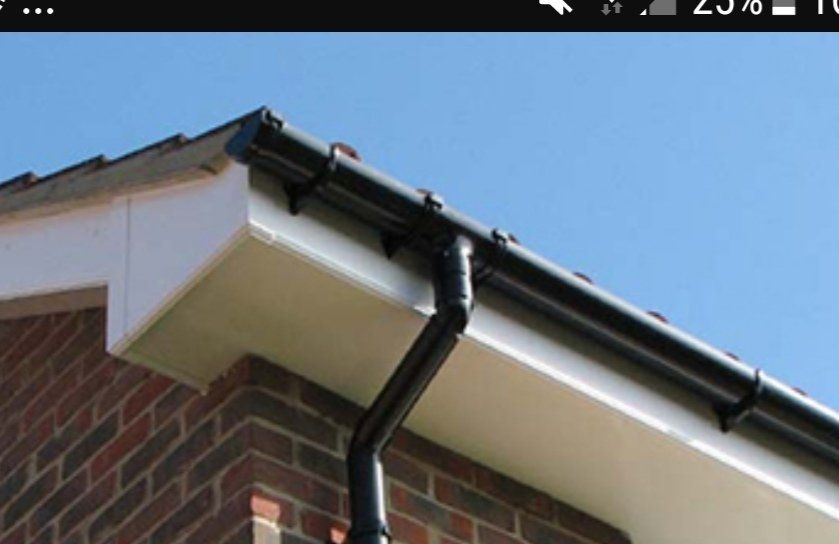Advancements in Green Roofing Technology: Sustainable Solutions for the Future
Introduction:
JTB Roofers Nottingham highlight In recent years, there has been a growing awareness of the need for sustainable practices in every aspect of our lives, including the construction industry. One area where significant progress has been made is in green roofing technology. Green roofs, also known as living roofs or eco-roofs, offer a multitude of environmental benefits while also providing practical solutions for building owners. In this blog post, our roofers in Nottingham will explore the latest advancements in green roofing technology and how they are shaping the future of sustainable construction.
Benefits of Green Roofing:
Before delving into the advancements, it's important to understand the benefits that green roofs offer. Green roofing systems provide numerous advantages, including:
- Environmental Benefits: Green roofs help mitigate the urban heat island effect by absorbing heat and reducing temperatures in urban areas. They also improve air quality by capturing pollutants and carbon dioxide.
- Energy Efficiency: Green roofs act as natural insulators, reducing the need for heating and cooling in buildings and lowering energy consumption.
- Stormwater Management: Green roofs absorb rainwater, reducing stormwater runoff and alleviating pressure on drainage systems.
- Biodiversity Promotion: Green roofs provide habitat for birds, insects, and other wildlife, contributing to urban biodiversity.
- Aesthetic Appeal: Beyond their environmental benefits, green roofs enhance the visual appeal of buildings and create green spaces in urban environments.
Advancements in Green Roofing Technology:
- Lightweight Systems: Traditional green roofs can be heavy and require significant structural support. However, advancements in lightweight growing mediums and modular systems have made green roofs more accessible for a wider range of buildings, including retrofits.
- Improved Waterproofing: One of the primary concerns with green roofs is waterproofing. New waterproofing membranes and installation techniques have been developed to enhance durability and prevent leaks, ensuring long-term performance.
- Plant Selection: Selecting the right plants for green roofs is crucial for their success. Breeders have developed plant varieties that are drought-tolerant, low-maintenance, and resilient to harsh environmental conditions, making green roofs easier to maintain.
- Integrated Technology: Smart technologies, such as moisture sensors and irrigation systems, can be integrated into green roofs to optimise water usage and monitor plant health. These systems help ensure that green roofs thrive while minimising water waste.
- Fire Resistance: Concerns about fire safety have led to the development of fire-resistant green roofing materials and planting schemes. These advancements mitigate the risk of fire spreading in urban areas with green roofs.
Conclusion:
As the demand for sustainable building practices continues to grow, green roofing technology will play an increasingly important role in urban development. The advancements discussed in this blog post represent just a glimpse of the innovative solutions being developed to create healthier, more resilient cities. By embracing green roofing technology, we can build a more sustainable future for generations to come.
Contact JTB Roofers Nottingham for professional advice and your free competitive quote.
You might also like



